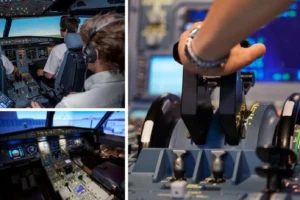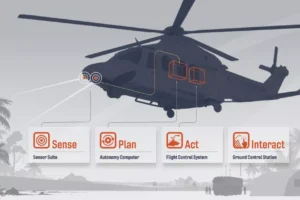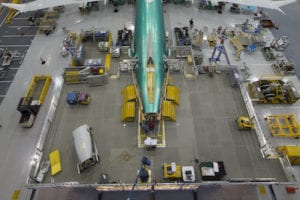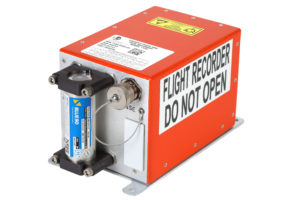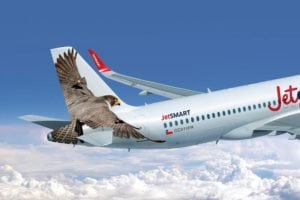New ATG Connectivity Company SmartSky Networks Takes on the Competition
By Juliet Van Wagenen | October 24, 2014
Send Feedback
[Avionics Today 10-24-2014] In-Flight Connectivity (IFC) company SmartSky Networks has been making quite a splash since it’s emergence at the National Business Aviation Association (NBAA) in Orlando, Fla., earlier this week. With claims that the company’s 4G LTE Air-to-Ground (ATG) network will provide more than 10 times the typical speed and capacity of networks currently in the market, the new company is a serious competitor for existing IFC providers, such as Gogo.
 |
| Passengers using tablets and other Wi-Fi enabled devices on the SmartSky network. Photo: SmartSky Networks |
While the network system, which promises to access an unprecedented 60 MHz of spectrum, is still in production, Ryan Stone, president of SmartSky Networks, and the rest of the company have already been working on this for three years. Set to launch in 2016 in the business aviation sector, SmartSky will begin looking for beta customers next year.
“What we’re doing is kind of simple,” said Stone in an interview with Avionics Magazine. “It’s complex to do, but simple in idea. Just like on the ground we went through an evolution of technology where you went from dial-up to broadband and all of a sudden the world changed. What we’re trying to do is go from a 3G environment in the air to a 4G LTE environment in the air.”
This means that anything you can do with your high-speed broadband Internet on the ground, you can now do in flight; including streaming video, uploading and downloading content and video conferencing, among other capabilities. “On this system you can watch Netflix, you can download a big file. But it’s just as important to be able to generate content and send it,” said Stone. “You’re going to have high speed in both directions.”
Stone attributes the speed and capability of the new network to what he calls a “three pronged approach.” The first of these is the ATG network, which lowers latency — or the time delay caused when the signal is travelling to, say, an orbiting satellite, and back again. Nixing the satellite also cuts costs, according to Stone. An ATG system allows the company to keep prices down for providers and users by foregoing the launch of an expensive satellite.
The second prong in the system is what Stone calls “beam-forming,” or targeting specific aircraft with specific networks so passengers and users don’t have to share with other aircraft in the same area.
“Beam-forming was adapted from the military years ago (phased array technology) but is becoming more commonplace,” said Stone, who noted this will be the first civilian implementation of beam-forming technology that he is aware of. “We’re not having to share, because of the beam-forming, so you can deliver more capacity to each aircraft.” This is a divergence from the typical application, where multiple aircraft can share the signal in a single, more widespread beam, which can cause delays in connection in areas of high traffic.
SmartSky attributes much of the development and eventual application of beam-forming to recently announced partner the Harris Corporation, who they say has years of experience with phased-array technology.
The last and most intriguing piece of the puzzle, however, is the 60 MHz of spectrum the company claims it can offer, which allows for a larger bandwidth. But they won’t be revealing how it’s possible to offer a spectrum six times larger than the upcoming AT&T network any time soon.
“I’d like to say it’s magic, but it’s not. If you have a lot more spectrum, you can do a lot more with it,” Stone said, but refused to comment on how SmartSky has improved spectrum until much closer to the 2016 roll-out date. “That’s something we’re not going to disclose at this time,” he said. “I promise you that before we go live, it will be a known fact. But I will tell you this, we do not need an FCC rule change, we do not need a waiver.”
With or without an explanation, this type of high-speed connectivity is something that established IFC companies have not yet been able to deliver. Still, Stone said he’s not looking to bump other companies out of the market. In fact, a statement released by SmartSky earlier this month hints they may be looking to work with other providers in the future. SmartSky plans to “approach the airline market through established distribution channels, including incumbent connectivity providers.”
While a partnership with Gogo would certainly be unlikely, the company took advantage of the NBAA conference and exhibition to announce partnerships with Textron Aviation, Duncan Aviation, Satcom Direct and Harris Corporation.
While much is still left to speculation, one thing is certain: SmartSky is bringing new life to the connectivity market.
“Just like [Automatic Dependent Surveillance-Broadcasting] ADS-B is the next generation safety system, it’s time for the next generation of communication systems,” Stone said. “And we want to be part of that.”
